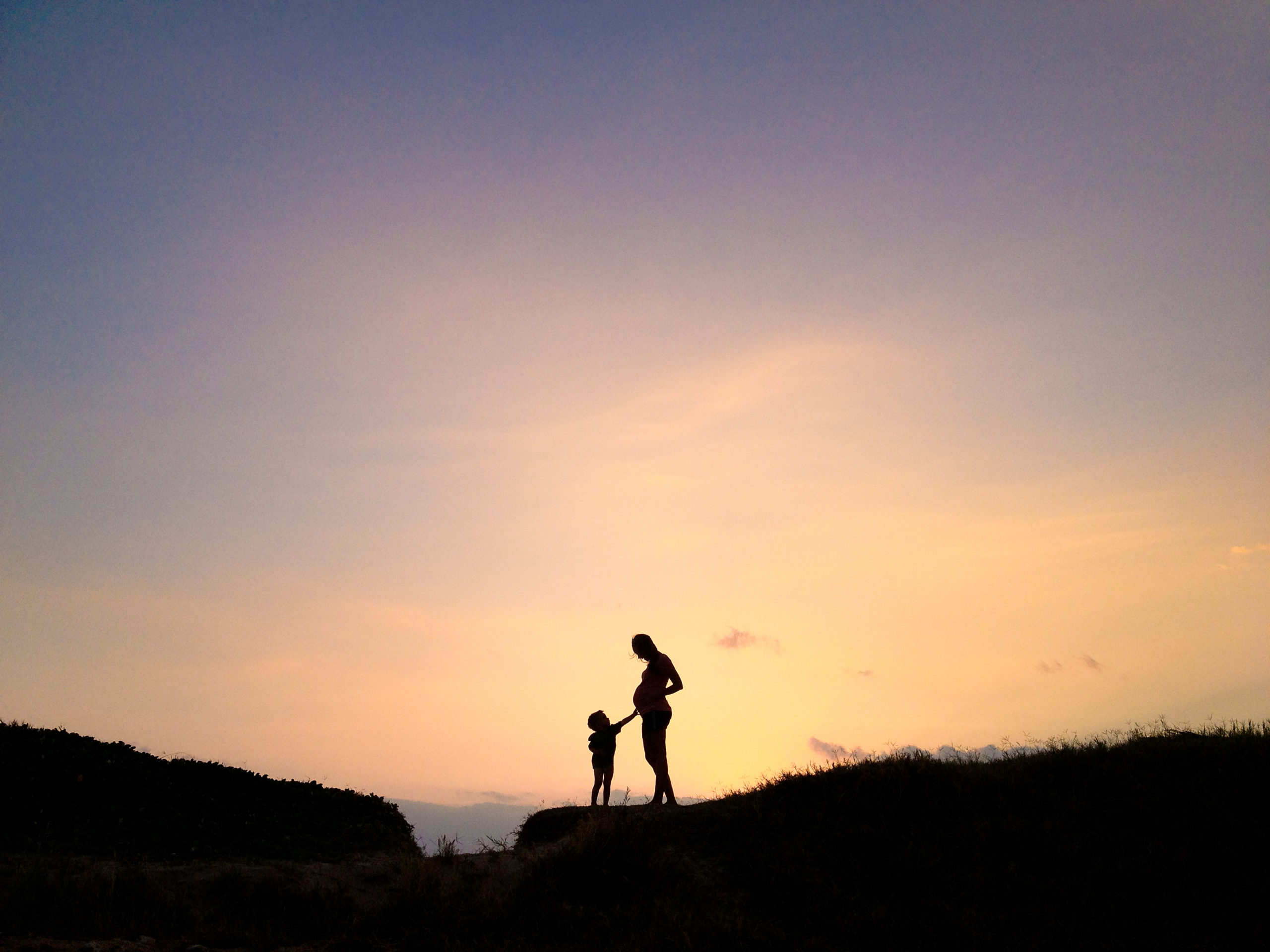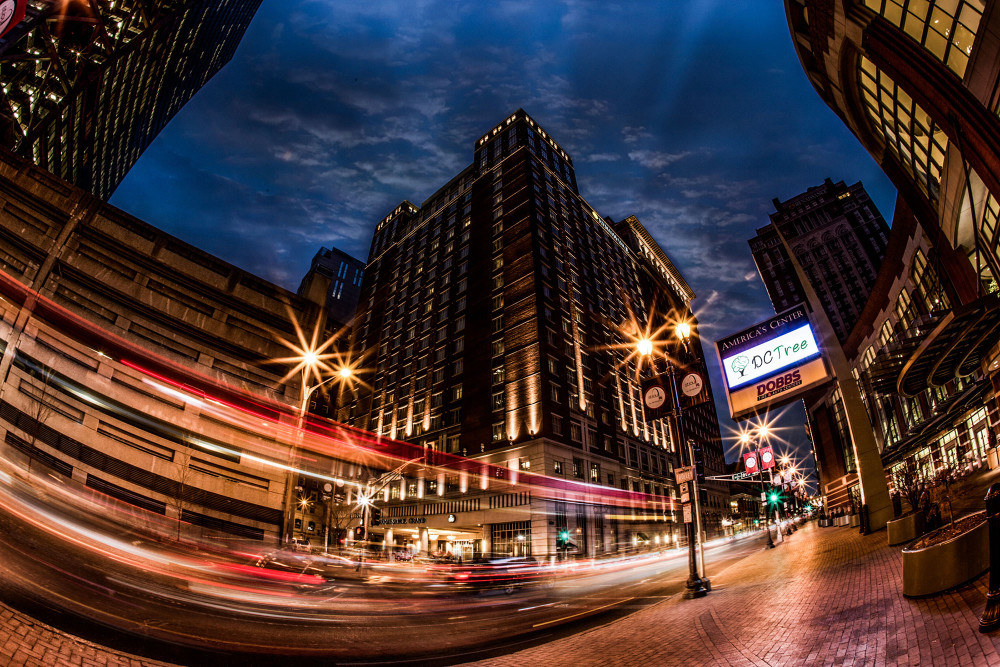The Crisis
From early in the 20th century, Jordanians have offered refuge to their neighbors fleeing violence, insurrections, or famine. Palestinians, Yemenis, Iraqis, Lebanese, Sudanese, Bosnian; all have found a home within Jordan’s borders. Yet for all this experience, the country has felt an unprecedented strain throughout the current Syrian refugee crisis. This small nation of just 6.6 million has become host to 1.4 million Syrians, a full fifth of their population.
As a result, a host of problems have arisen, which everyone from schoolchildren to businessmen, entrepreneurs to government officials, have played a part in fixing.
The Jordanian school system now operates on a two-shift system: Jordanians in the morning, Syrians in the afternoon. Infrastructure for obtaining and delivering water, which was already highly strained before the crisis, has been stretched to the breaking point. Jordan is rapidly developing new projects to expand its water capacity to keep up. Housing, transportation, and sanitation infrastructures have become even more congested in urban areas across the country.
Amidst all this strain, many Jordanians have come to feel that their livelihoods and employment are at risk because of the new population of working age Syrians. This perception has only compounded the immense problems they already face.
The current system for handling refugees faces an immense budgetary shortfall. The shortage rapidly increased from less than $250 million in 2012 to $3.5 billion in 2016. Since WWII there has never been a crisis as large as this one, leading to more than a tenfold increase in the requested funding, something donors cannot keep pace with.
Thus, the Syrians themselves have continued to suffer beyond that which they faced leaving their homes. In September 2015, the World Food Program ran out of funds and for an entire month a quarter million of these refugees received no money for their food. Frequently, other services which the refugees depend on, be it food support, livelihood training, housing assistance, or one of the numerous other programs, fall short of their funding.
Insufficient funding would only be a fraction of the problem it has become if not for the compounding effects of traditional labor policies for refugees. Across the world, countries that are willing to offer refuge to these victims of conflict still maintain significant prohibitions on the refugees’ ability to work.
From the beginning of the crisis in Syria until early 2016, only intermittent opportunities existed for refugees to find work. Projects developing the immense refugee camps, informal seasonal work in agriculture or construction, the rare jobs with development agencies and non-governmental organizations for the highly educated; these were the only kinds of options available to refugees.
Allowing refugees the chance to work could significantly reduce the funding necessary to sustain them. But because housing, food, medical supplies, and most other goods which refugees require are already supplied by international support, host countries are not compelled to make work more accessible to refugees. Even the many refugees who want the chance to work, to continue living as normal a life as possible, are not allowed.
Recognizing this, the international community met in February 2016 to discuss strategies for bringing Syrian refugees into the labor market in Jordan. Out of this London Conference came the Jordan Compact, which stipulated that the EU would offer trade concessions to Jordan, taking in products from specified zones within the country. Additionally, the international community would increase both financial and capital investment in local Jordanian companies. In return, Jordan would ensure that at least 200,000 Syrian refugees found jobs.
In September 2016, I traveled to Amman, Jordan in the wake of this agreement. My intention was to research the impact which opening employment might have upon the wellbeing for refugees and how it might support the developing Jordan economy (this inspiration was drawn from work by Alexander Betts and Paul Collier in this article).
The goal of my research changed quickly from recommending what might be the next step to following recently implemented policies to see if they were accomplishing what they set out to do. The hope was to see both livelihoods and the economy improving.
Special Economic Zones
Central to the policy changes I followed were the Special Economic Zones (SEZs) spread out across Jordan, which received the advantageous trade deals from the EU and have centralized infrastructure for large-scale manufacturing facilities. The expectation was that increasing investment and allowing Syrians to work in these facilities would increase their quality of life and jumpstart the economy. After all, Labor and Capital are supposed to be the two components of increased production.
However, my research found that there are substantial flaws in this approach. These policies fail to support the Syrian population, nor do they help Jordan in its quest for a highly developed economy.
The issues which hindered the refugees the most were not alleviated. Some of these issues include distance to these zones, the living environment, low pay, and a deep-set fear of changing regulations. Additionally, these policies do not help the Jordanian economy to the expected extent because they place an increased emphasis on sectors where Jordan does not hold a comparative advantage. These facilities, mainly for textiles and simple manufactured food, utilize almost entirely the lowest skilled labor, invest minimal amounts in human capital, and do not provide Jordan the stepping stone it needs to grow its economy.
This effort to direct investment into specified zones and apply Syrian labor to individual sectors does not and will not have its intended effect. Even with the help of the entire international community, Jordan does not have the capability to develop a master plan for their entire economy. Market signals are lost in the mess and inefficiency becomes the trademark of this government planning.
Jordan needs innovative solutions. Entrepreneurs have carried Jordan through problem after problem of the refugee crisis. As the second-most water-poor country in the world, the water infrastructure Jordan is developing continues to provide water for the growing population. Finding a classroom for every Syrian and Jordanian child within the country again took a solution many believed was not plausible.
Proposed Solution
The solution which Jordan needs to solve this crisis is again innovative, even though it seems simple. Stop trying to direct refugees or investment one place or another. Stop telling refugees what they need and instead start listening to what they say they need. Engage refugees in the decision-making process and make them part of the solution by allowing them to choose the positions and the sectors which they wish to work within. The marketplace is known as the greatest source of innovation and allowing refugees to engage in it by opening their businesses, finding their own jobs, and working in their industries could only bring about new solutions to alleviate the problems they face daily.
Fully opening employment for refugees in their host country is a solution that has never been tested, but it may just be the solution which this greatest of crises needs.
[red_button url=”http://www.valuesandcapitalism.com/wp-content/uploads/2017/12/2016-2017-Young-Scholar-Awards-Program-Publication-39-49.pdf” style=”orange” size=”large” type=”square” target=”_self”] READ PHIL’S FULL PAPER [/red_button]



